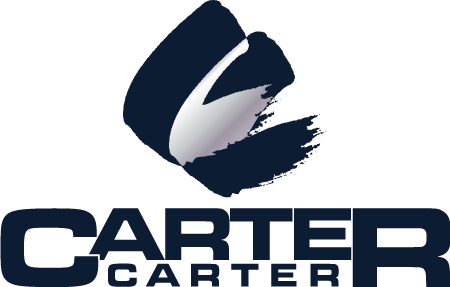Accurate reporting of field labor is, of course, necessary in order to process the respective payroll correctly. The other objective of the procedures is to substantiate actual costs as they are being applied to the individual project components. This is important not only to allow management to compare actual to planned productivity—and to thereby evaluate job-cost performance—but if done correctly can be the mechanism that will allow management to prove actual or potential cost overruns that are not the responsibility of the Company and may be recoverable from another party by the terms of a contract.
Most ongoing construction operations have adequate payroll processing methods for purposes of employee compensation. Because of this, such systems are beyond the scope of this book and are not treated in detail here. Even the largest companies, however, can do a very poor job of differentiating between costs spent on work of the original contract and costs spent on the performance of changed or added work. These companies never really know where their money is going. In the worst cases, the cost to perform added or changed work can be unintentionally combined with the job-cost categories for the work of the original contract. In such cases, it becomes impossible to substantiate actual money spent on changed or added work—even after it becomes obvious that the changed or added work has been completed. Such a lack of precision in job-cost documentation not only impacts the way the project performance is reported on an accounting basis, but can adversely affect the way estimates are prepared and bids are submitted on future projects. And so because of this, any improper and imprecise payroll reporting system on one project can affect other projects as well. Finally, an imprecise job-cost reporting method that fails to differentiate between work performed on the original contract and that performed on changed or added work can place the Company at a serious disadvantage if it is attempting to substantiate its actual costs and damages in a claim situation.
For these reasons, it is necessary to have a field labor payroll reporting system that not only ensures precision in compensation to the individuals comprising the workforce, but also accurately assigns those values to the proper job-cost categories for both work of the original contract and for added or changed work interjected into the process after work had begun.



Post your comment on this topic.